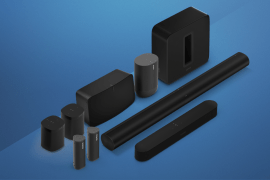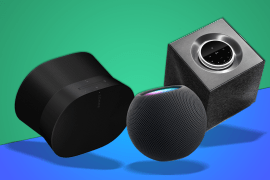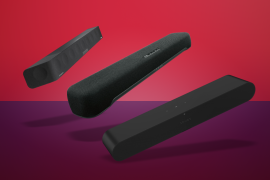Wi-Fi 8 is coming to your home to end laggy laptops and dropped connections for good – here’s how
The Wi-Fi 8 standard will arrive in 2028 with a focus on reliability rather than faster speeds. Here's everything you need to know about it

We’ve never been more connected to the web at any other point in time. At home? Most of your devices are likely connected, including your smart speaker. Out and about? You’ll either be gobbling up data or asking for Wi-Fi password hand outs.
There’s not a single model on our best laptops list that doesn’t have multiple bands of wireless goodness inside it. And there’s plenty of extra usage, too. Light bulbs now talk to the internet – not to mention fridges, ovens, and even tumble dryers (we think).
To keep up with all this traffic, we rely on Wi-Fi standards to provide a certain experience that we expect. Wi-Fi 6E is the latest version most of us are already using, and Wi-Fi 7 is rolling out to more devices by the day. But Qualcomm revealed that the next generation is on the horizon – Wi-Fi 8. It’s going to focus less on increasing your speeds, and more on making this more stable and reliable for all your devices.
But what actually is Wi-Fi 8? When will you get it, and how is it better? Here, we’ll answer all your questions and look at everything you need to know about the upcoming connection standard.
What is Wi-Fi 8 and how will it work?
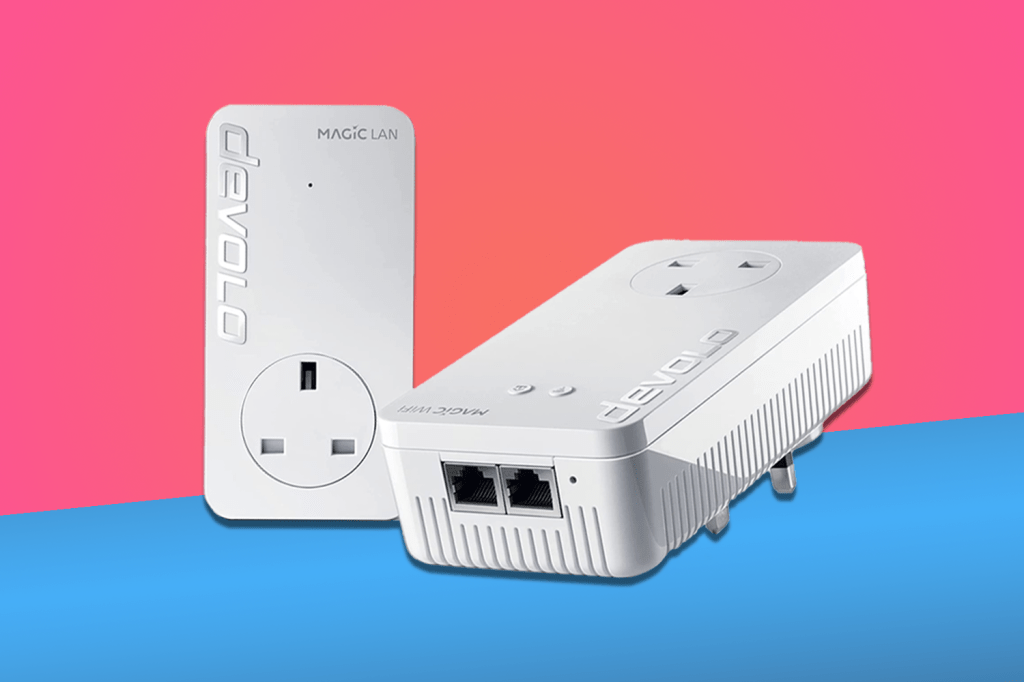
Wi-Fi 8 is being developed under the oh-so-catchy name IEEE802.11bn, part of an initiative Qualcomm is calling “Ultra High Reliability.” It’s an attempt to make Wi-Fi behave like a proper utility, rather than something you have to fiddle with every other day.
The big idea here isn’t just about pumping more data through your router. Instead, it’s about ensuring your connection holds up even when the environment is working against you. That means smarter access points, better handling of mobile devices as they move between rooms (or buildings), and the ability to keep performance steady in places like airports, hospitals, or high-rise flats packed with interference.
What do you get out of this? If everything goes to plan, fewer dropped Zoom calls, less swearing when your laptop mysteriously disconnects, and actual performance at the edge of your Wi-Fi range – not just when you’re sat on top of the router.
You’ll also see updates to how devices communicate in dense environments. Rather than one access point screaming over another, Wi-Fi 8 introduces proper co-ordination between them, so your devices aren’t constantly being interrupted or confused. On-device interference is also being tackled, with new systems to help your Bluetooth headphones, AR glasses, and other wireless kit play nicely together.
How is it different from previous versions?
Where Wi-Fi 6 and 7 were obsessed with speed and capacity, Wi-Fi 8 is a bit more grounded. Qualcomm says the new standard should deliver 25% better throughput in tricky signal conditions, 25% lower latency even when the network’s jammed, and 25% fewer dropped packets when you’re moving between access points. That last one’s a big deal if you live with mesh Wi-Fi and have noticed your signal cutting out when you move from the kitchen to the bathroom.
Another key change is how Wi-Fi 8 handles mobility. With something called “Single Mobility Domains,” devices should be able to roam between access points without that awkward few seconds of nothingness. And performance at the edge is being prioritised with new physical layer tech that keeps things ticking without just turning up the signal strength and hoping for the best.
So, when will I actually get Wi-Fi 8?
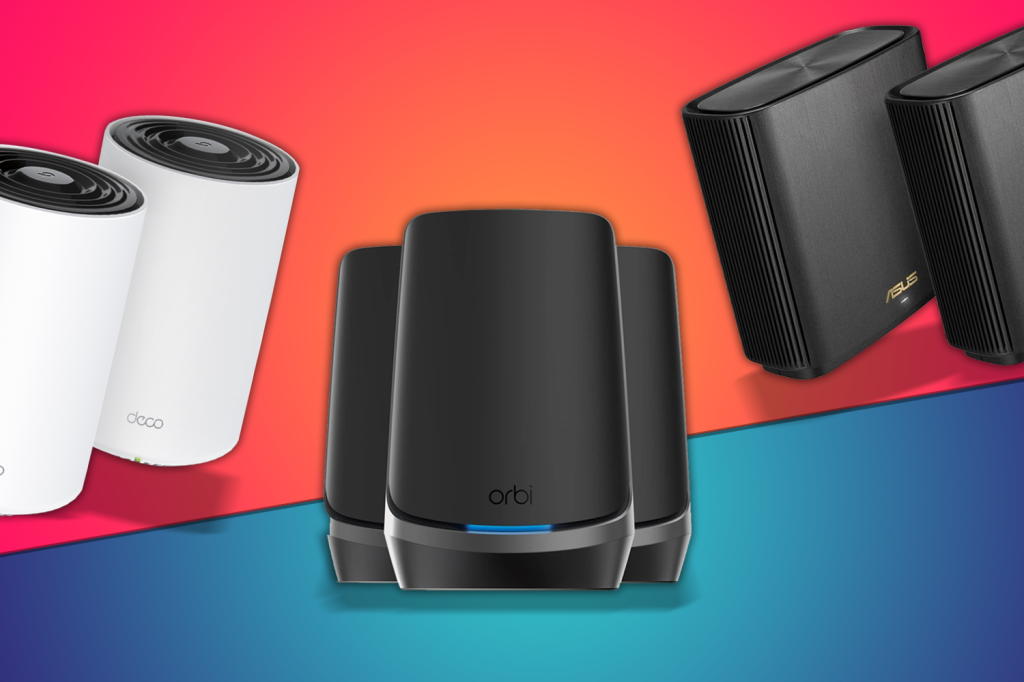
Unfortunately, not any time soon. Qualcomm reckons the standard will be finalised by 2028, which means the first routers and gadgets with proper Wi-Fi 8 support will probably start trickling out in 2027 – probably with price tags that will make your wallet flinch.
You won’t need to upgrade on day one, but if you’ve got a house full of smart devices or you’re trying to keep a dozen things connected without chaos, it might be worth keeping an eye on. For now, your current set-up will have to do.
